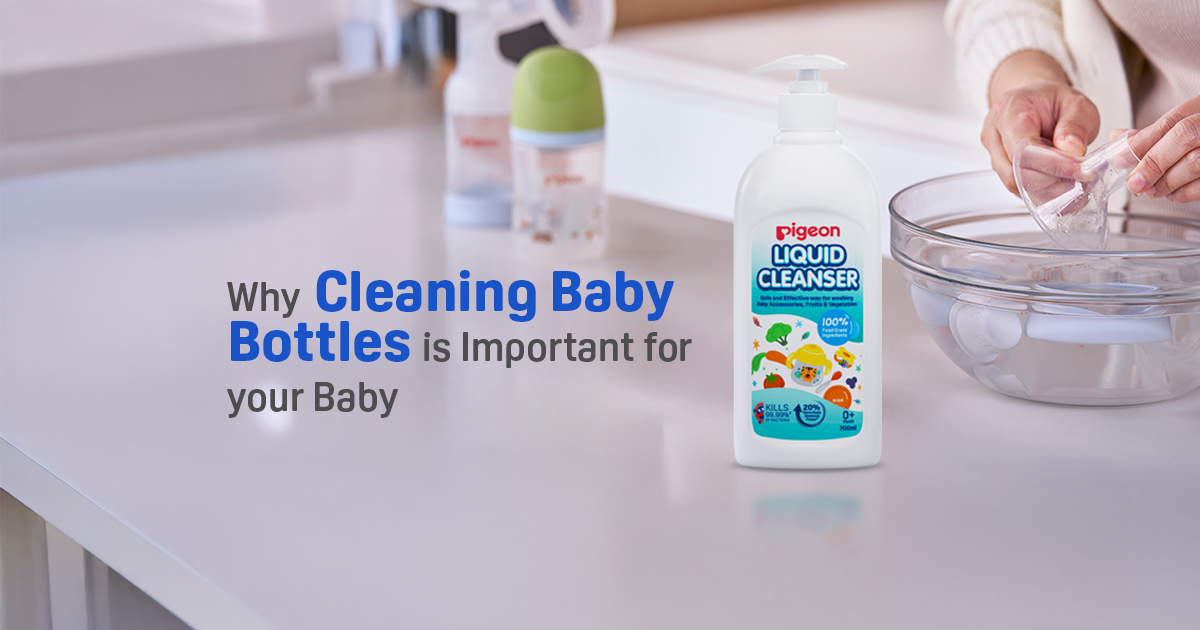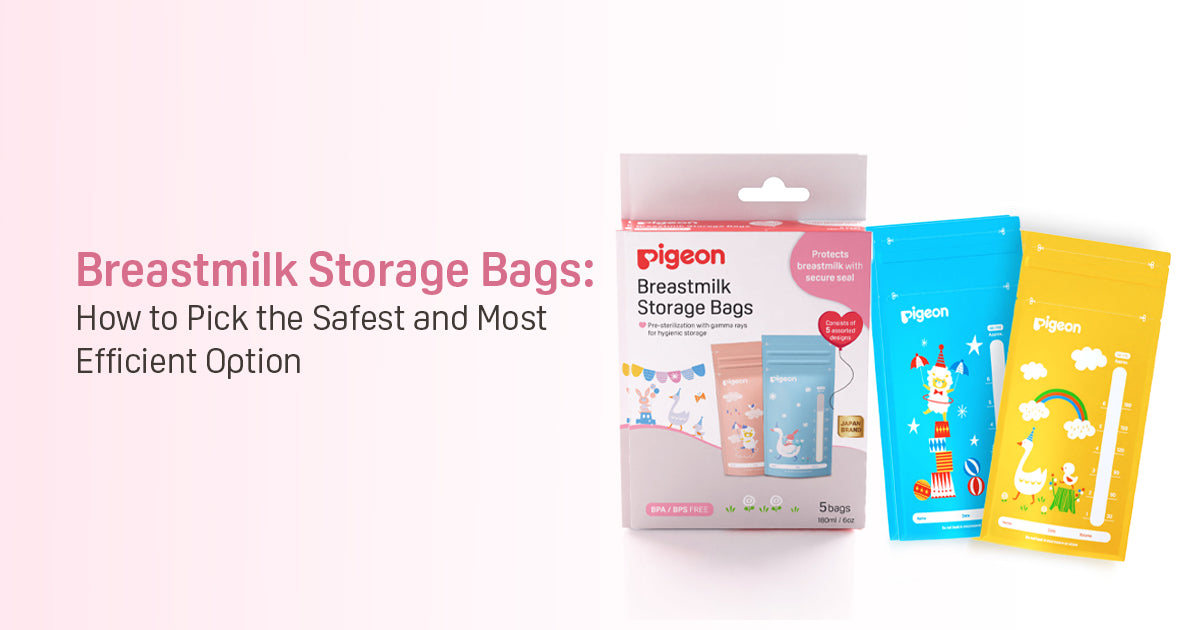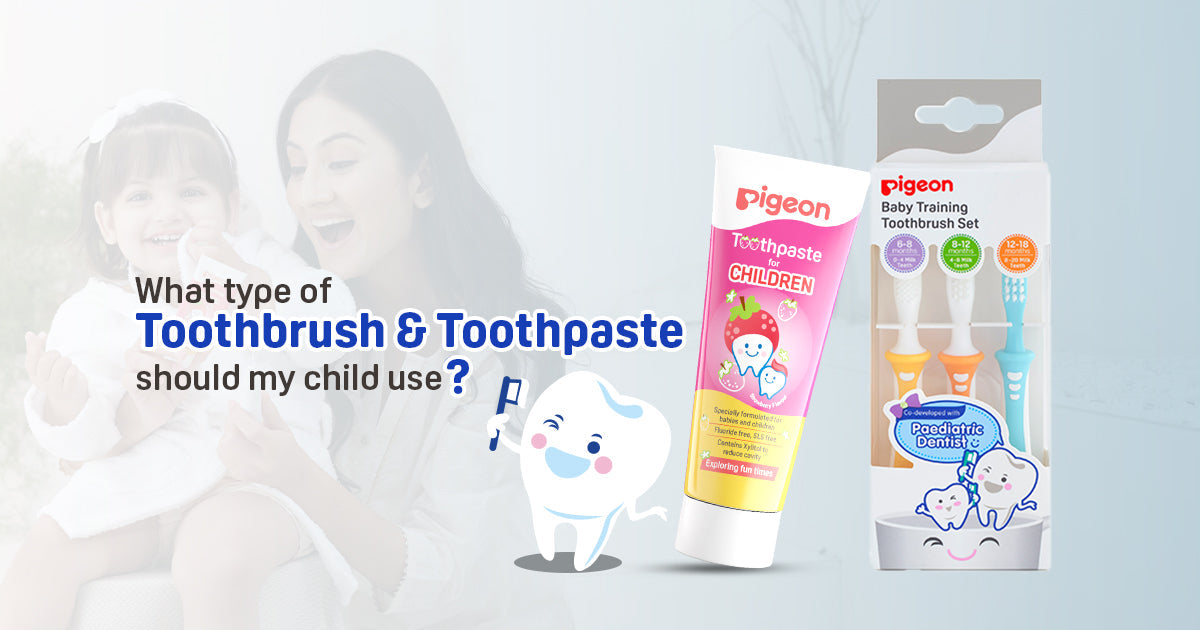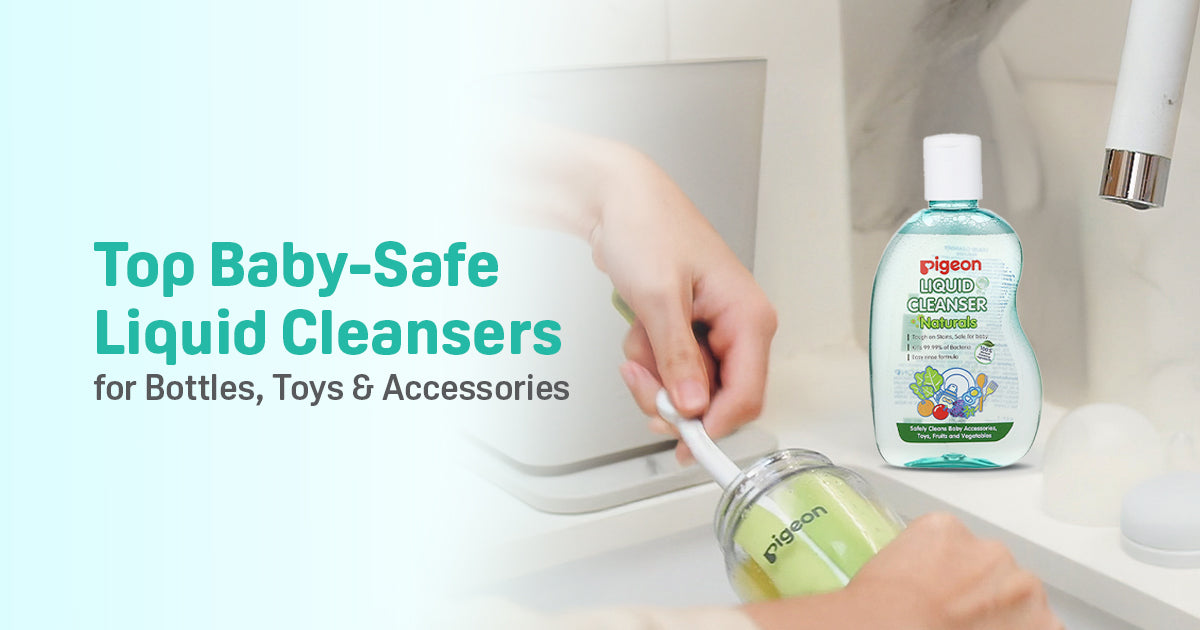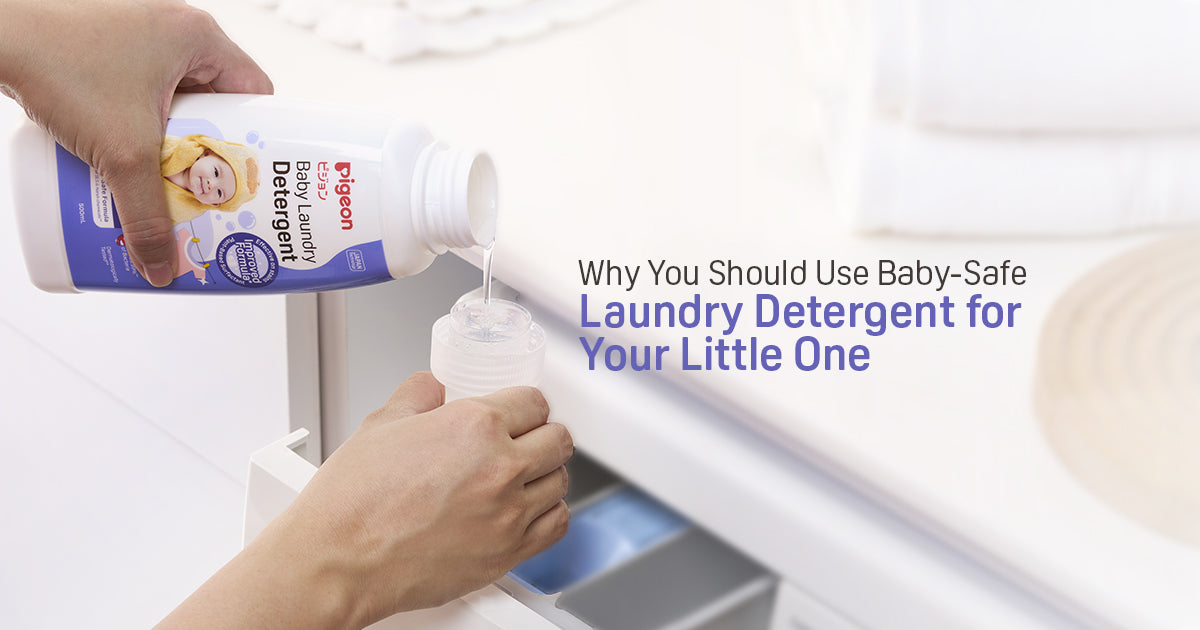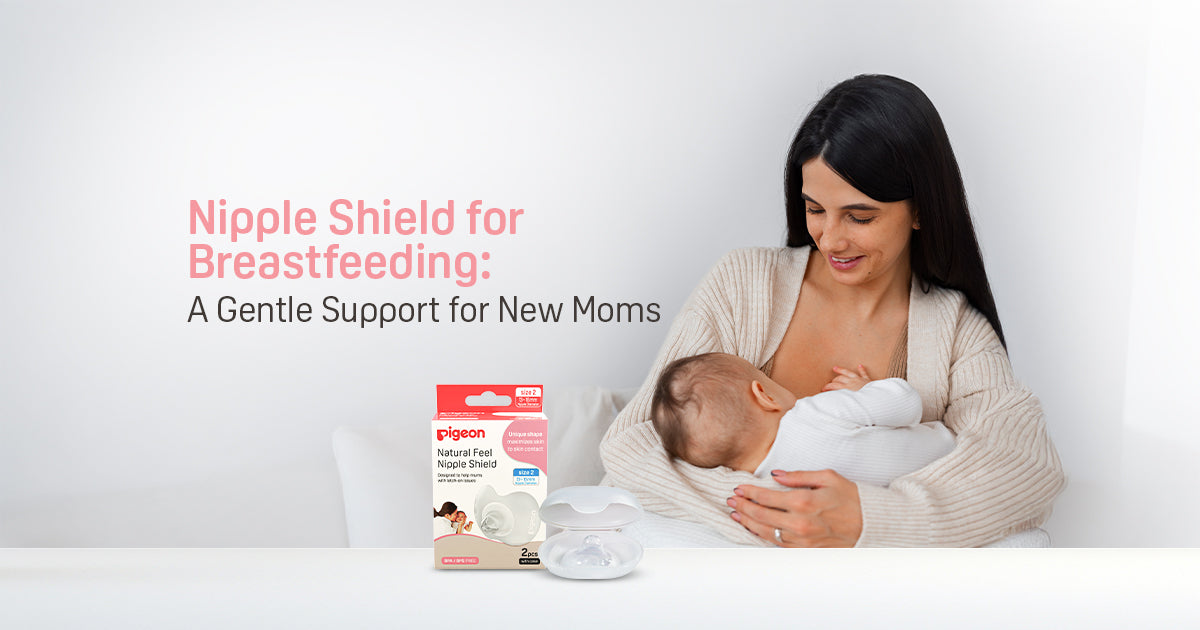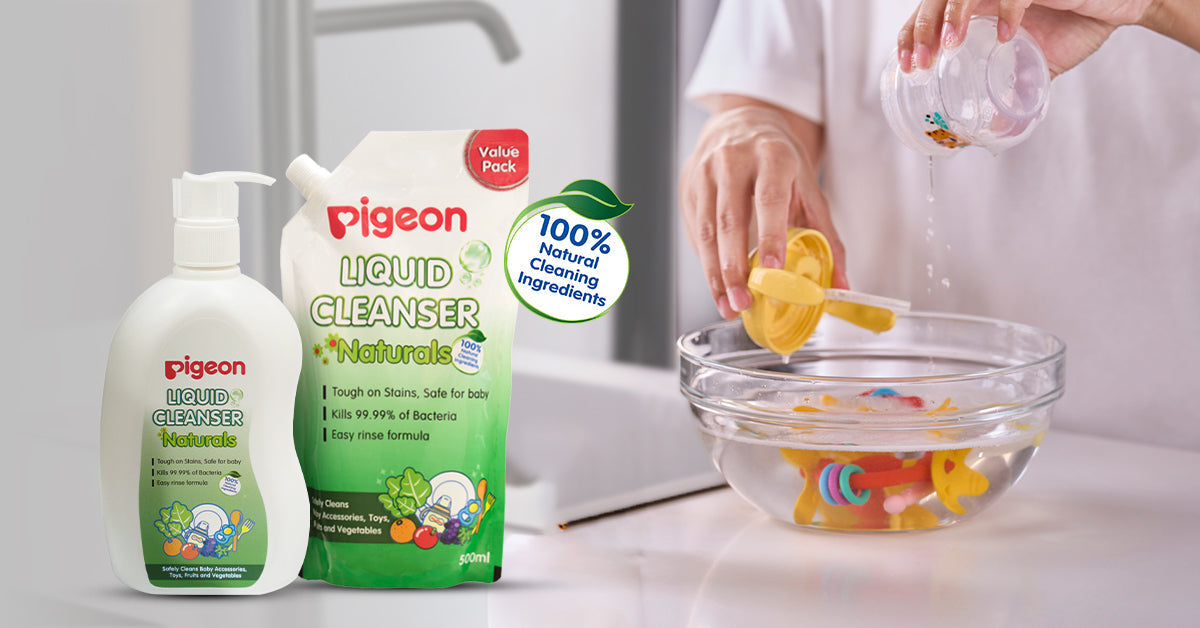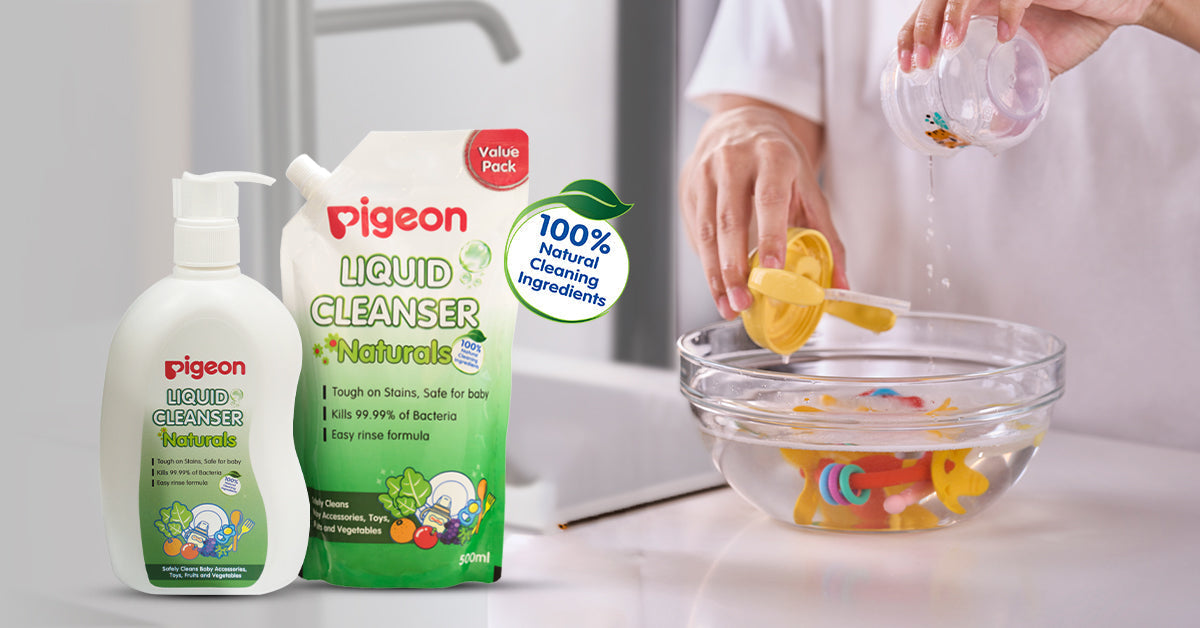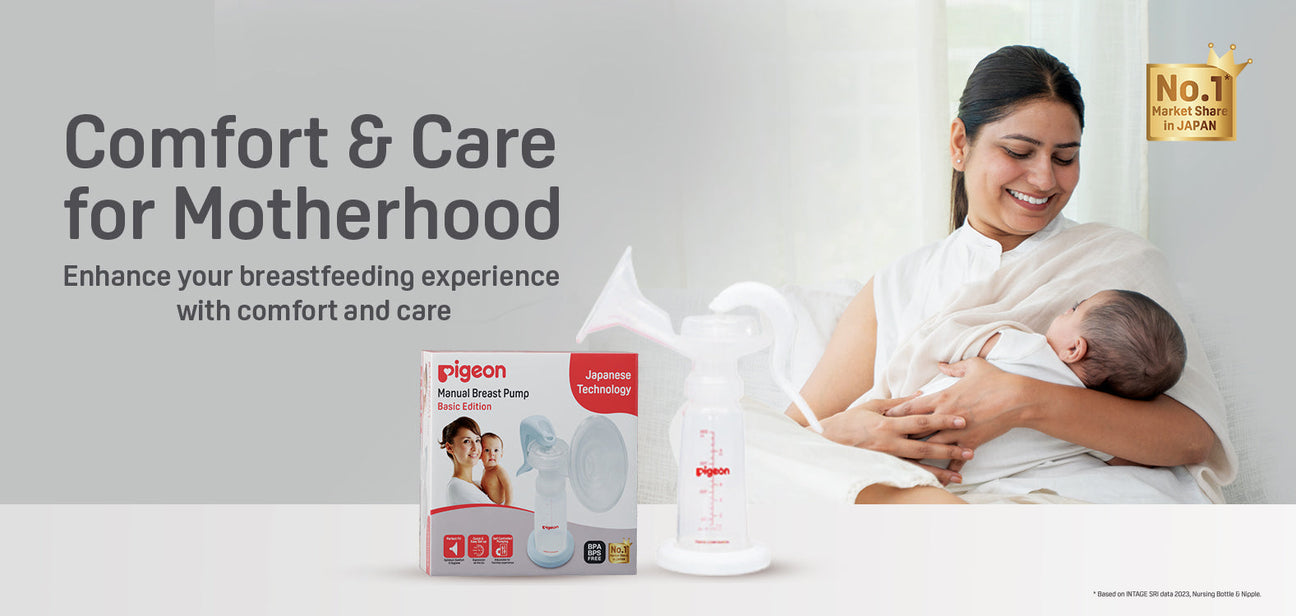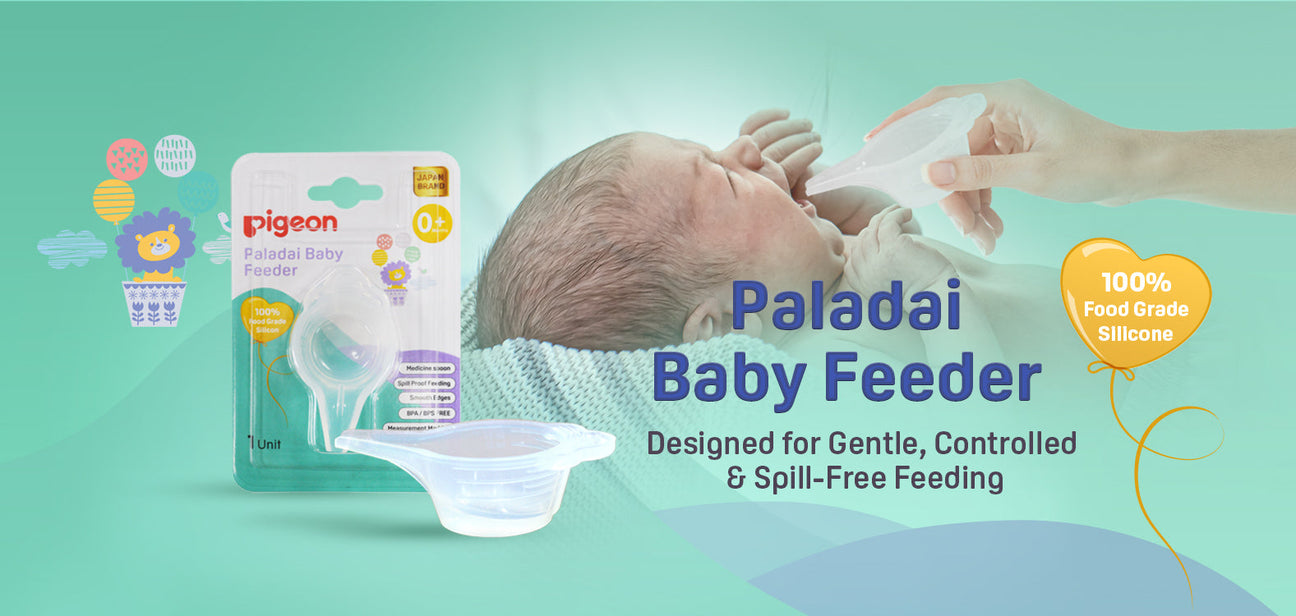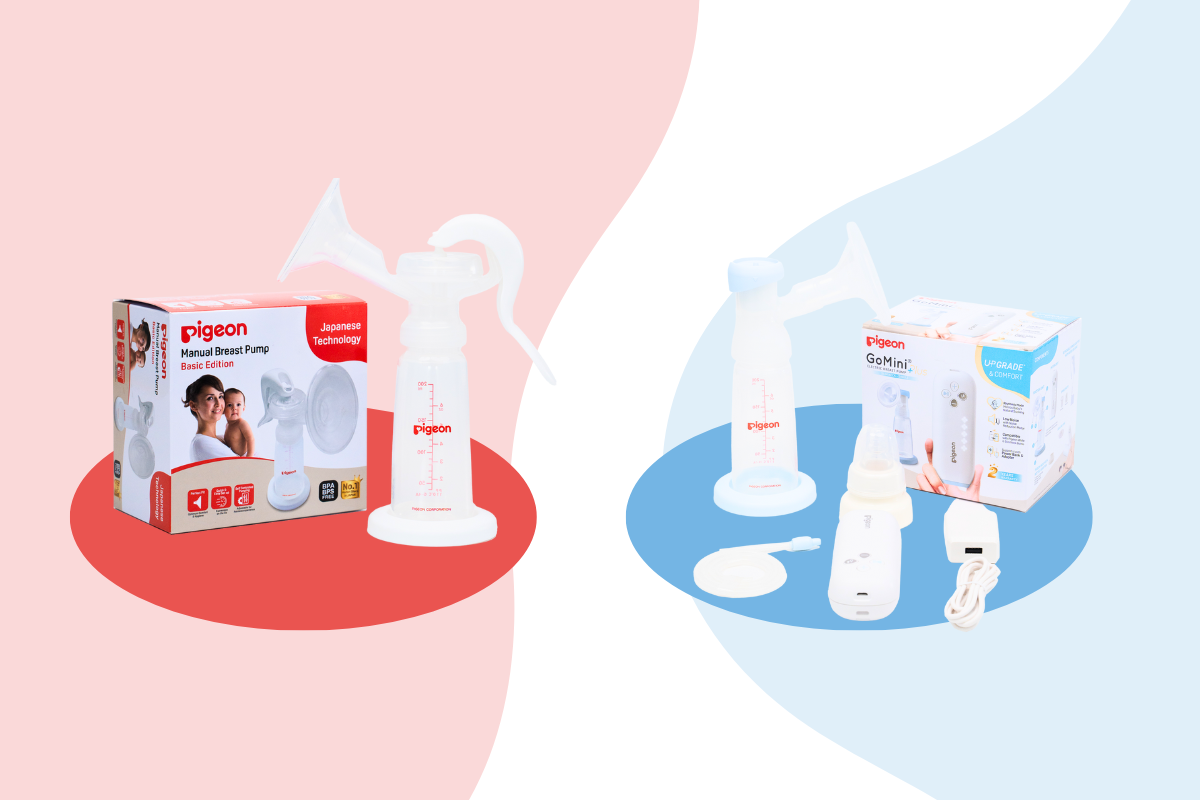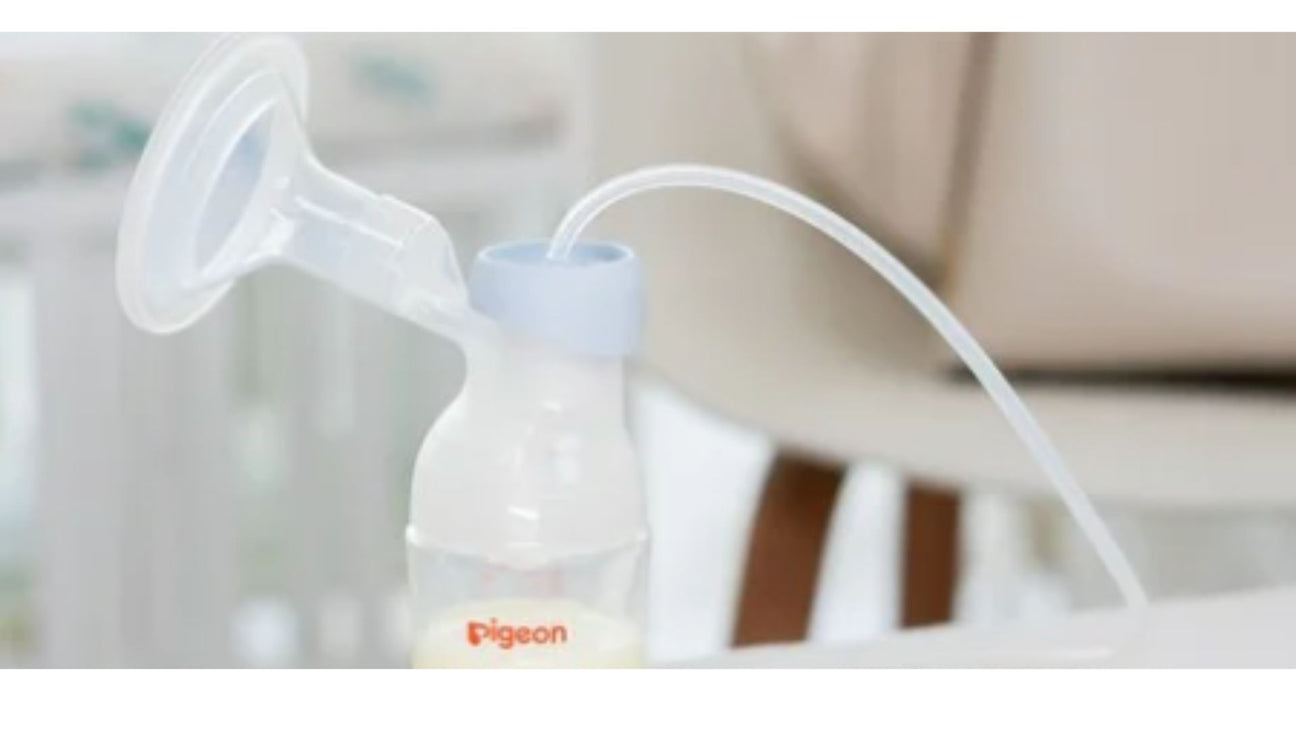In the life of every working, multitasking mom, breastfeeding pumps have become an essential tool.
If you are wondering why every mom should consider using a breastfeeding pump, the answer lies in the convenience and flexibility they offer. Other than managing breastfeeding for your baby it also becomes useful when a mom is going through health issues and is unable to directly breastfeed the baby.
However, despite of the numerous benefits, some moms encounter breast pump concerns while using it. These concerns range from technical issues to health-related problems. If you are also a mom who faced any of the issues while breast pumping and is unsure regarding what to do, this blog will resolve all your queries.
Understanding these challenges and their solutions can make your pumping journey smoother and worry-free. So, let’s dive in!
10 Problems Many Mothers Are Concerned About with Breast Pumping
-
Pain or Discomfort During Pumping
Painful pumping can be tough, but it is a common problem among moms who are using breastfeeding pumps for the first time. This problem can arise mainly due to three reasons: incorrect flange sizes, improper suction settings, and prolonged use. To avoid this breast pump concern, always choose the right flange size.
Experiment and see which suction levels best suit your breast pumping, an increased suction level doesn’t indicate increased milk expression.
Avoid breast pumping for a longer time, it can also lead to nipple pain and discomfort.
-
Low Milk Supply
Some moms worry that pumping does not yield enough milk. If you are a new mom, it will take 3-5 days for the mature milk to come after giving birth. So, don’t worry.
One another reason behind low milk supply could be improper suction level, read the manual carefully and understand which suction levels work best for your breastfeeding.
-
Difficulty in Assembling the Pump
Understanding the assembly of breast pumps can be puzzling, we understand you.
Breast pumps often come with multiple parts, which can be overwhelming to assemble correctly, especially for first-time moms. Read the manual carefully or watch our video to understand how to assemble a breast pump.
-
Noise from the Pump
Some electric breast pumps can be noisy, which can be embarrassing or disruptive, especially in public or shared spaces. To avoid this breast pump concern, you can opt for a good quality, noise-free electric breast pump. For moms exploring manual vs. electric breast pumps, manual pumps offer a quieter alternative and are ideal for occasional use or discreet pumping.
-
Skin Irritation or Allergic Reactions
Prolonged use of the pump or certain materials in the pump parts can cause irritation or allergic reactions. To avoid skin irritation or allergic reactions, you should always check the quality of the materials used in making the breastfeeding pump.
-
Inadequate Cleaning
Breastmilk provides the ideal atmosphere for bacterial growth in the breastpumps. Improper cleaning of pump parts can lead to bacterial growth, posing a risk to the baby’s and mom’s health. To avoid this breast pump concern, clean your breastfeeding pump parts properly after every use.
-
Emotional Stress
Some mothers feel overwhelmed or guilty about not breastfeeding directly, which leads to emotional distress.
Breast pumps are designed to help moms breastfeed while multitasking, we understand the emotional stress you feel while not being able to directly breastfeed your baby, to avoid feeling this way, switch between breast pumping and breastfeeding whenever possible.
-
Uncertainty About When to Seek Help
Moms may be unsure about when to consult a doctor regarding their pumping concerns. While some breastpumping problems can be solved by taking some precautions and maintaining some habits.
There are some problems like excessive pain while breast pumping, milk not coming even after one week of giving birth, and discharge or blood while breast pumping that need a doctor’s attention.
-
Choosing the Right Breast Pump
Choose a breastfeeding pump based on your needs—manual pumps are ideal for occasional use, while electric pumps work well for regular use. Look for adjustable suction levels and a comfortable fit. Always prioritize quality and safety.
-
Right Time to Start Using Breastpump
You can start using a breastfeeding pump just after giving birth. But generally, it is recommended to wait for 4-6 months as the baby gets comfortable with latching. However, the right time to use a breastfeeding pump still depends upon mom-to-mom and their respective conditions. It is a good idea to consult your doctor to decide the right time to begin.
How to Use: Avoid Breast Pump Concerns
-
Choose the Right Flange Size
The flange should fit your nipple comfortably without causing pain. Most pumps come in multiple sizes or have additional options available for purchase. If the flange size is a little bigger than your nipple it is okay, as it will ensure the free flow of milk. -
Find a Comfortable Setting
Start with the lowest suction setting and gradually increase until it feels effective but not painful. An increased suction level does not mean an increased milk supply. -
Create a Relaxing Environment
Pump in a quiet, comfortable space to encourage let-down and improve milk flow. -
Establish a Routine
If possible, try to pump at the same time each day to help your body adapt and maintain your milk supply. -
Massage Your Breasts
Gently massaging your breasts before and during pumping can stimulate milk flow and prevent blockages. -
Stay Hydrated and Nourished
Breastfeeding is a beautiful process, drinking plenty of water and eating a balanced diet supports milk production which can result in a happy breastfeeding journey!
When to Visit the Doctor?
-
Persistent Pain
If you experience ongoing pain despite adjusting settings and flange sizes, consult a lactation consultant or doctor. -
Blocked Ducts or Mastitis
Signs of blocked milk ducts or mastitis, such as redness, swelling, or fever, require immediate medical attention. -
Low Milk Supply
If your milk supply remains low despite regular pumping, a healthcare professional can provide guidance or prescribe medication to boost production. -
Nipple Damage
Cracked, bleeding, or blistered nipples may indicate improper use of the pump or a need for medical care. -
Allergic Reactions
If you suspect an allergic reaction to pump materials, seek advice on hypoallergenic options or alternative methods. -
Emotional Well-Being
Postpartum emotional challenges are common. If you feel overwhelmed or anxious about pumping, talking to a counselor or support group can be beneficial.
Takeaway
While breastfeeding pumps offer incredible convenience, they can come with challenges.
Understanding these common breast pump concerns and following practical solutions can make the experience more comfortable and rewarding. Remember, every mom’s journey is unique, and it’s okay to seek help or take breaks when needed.
Breastfeeding, whether directly or through pumping, is about providing the best care for your baby while ensuring your well-being as a mother.
Shop now with Pigeon India for all your baby needs!















